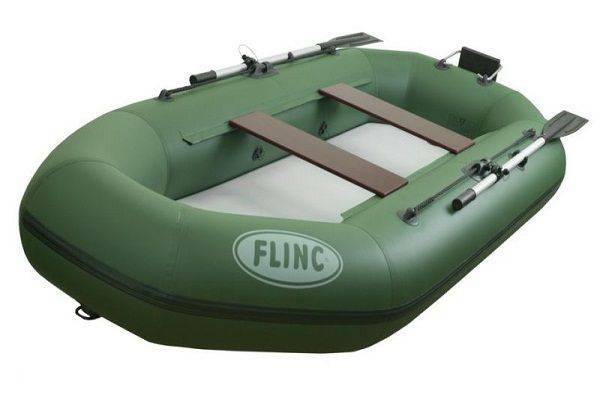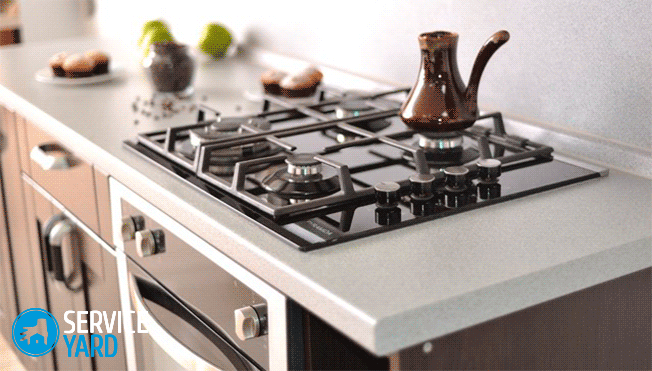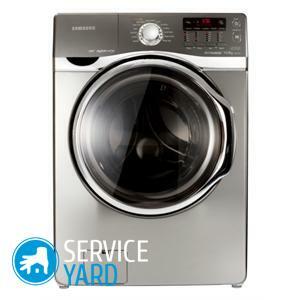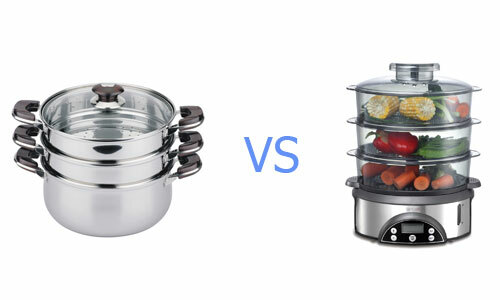Lightweight, durable and unpretentious PVC swimming tools are becoming increasingly popular with anglers and fans of traveling on lakes and rivers. But the storage of a boat made of PVC in winter differs significantly from how a similar product made of rubber is stored. If you do not take into account these features, you can by spring remain without a means of transportation on the water.

Features of PVC boats that must be taken into account
The popularity of PVC boats is explained by their availability and the widest range. Everyone will be able to pick up the product, depending on the purposes of use and at an optimal price. So, just to ride with your family along the calm water surface near the beach, quite inexpensive light boat made of single-layer material. For fishermen, higher strength and the ability to install a motor is necessary. And for lovers of extreme alloys over rough rivers, a swimming device is needed from a durable, multi-layered, reinforced PVC.

In the summer, storage of these products is not a hassle. They tolerate high humidity and high temperatures. But constantly to keep them in the sun is still not desirable.
The only thing that needs to be considered in the warm season is that PVC can not stretch the same way as rubber. Therefore, boats from this material can not be pumped too tight. When heated in the sun, the pressure in the cylinders rises and the boat can burst. The optimum pressure is about 0.25 kg / cm2( 185 mm Hg column).
This material does not deteriorate even from low temperatures, but if the thermometer's needle falls below minus 10 ° С, it becomes very fragile and can burst on the folds even from slight impact, for example, when shifting from place to place.
PVC products, for unknown reasons, are very fond of mice and rats. Therefore, they should be stored in places that are not accessible to these rodents.
Thus, in the winter the boat can be stored in any dry, closed room, for example in a garage. Completely suitable for these purposes is a barn, a storage room, a heated balcony or a summer kitchen. It is optimal that the temperature in the storage is in the range from minus 10 to plus 45 ° C.

It is not advisable to stack similar products under the beds, in the drawers of sofas and other places in the living quarters, since substances harmful to the human body are released from the PVC.
It is not necessary to pour this material with talc or rub it with any lubricants before long storage( as is done with rubber boats).
In no event should PVC products come into contact with aggressive materials - solvents, gasoline, oils, silicone, and also their vapors.
How to store a boat made of PVC in winter
Having dealt with the features of the material from which the products are made, it is easy to understand how to store a PVC boat in winter. Before you put the boat in the vault, it should be prepared.

- First of all, the boat should be thoroughly washed. It is better to do this if it is pumped up. Particular attention should be paid to the places of the joints of the bottom with the sides. It is convenient to use a soft brush or sponge. For washing, a soapy solution or a "Fairy" dish-washing aid can be used. This will not only allow you to better clean the surface of the boat, but also help to detect minor damage and punctures, if any. In addition, detergents will destroy the smells of fish and lures that attract rodents.
- If a damage is found, they should be marked with a marker. After drying, the boat must be repaired. It is better not to store a floating craft having punctures, since in winter they will increase substantially, and sealing them will be much more difficult.
- After washing the boat, it is necessary to dry it well in the shade in an over-inflated form. Particular attention should be paid to the folds, joints of bottoms with bottles and other hard-to-reach places. Do not allow moisture to remain in them. In an unheated garage, the remaining moisture will solidify and can damage the boat.

- While the swimming device is being dried, you need to put in order all the accessories - paddles, pump, seats. They also need to be washed and dried well. If necessary, repair. In winter, it is best to store accessories separately somewhere on the shelf in the garage.
- If the room allows, then the boat is best placed for winter storage, slightly pumped up in a suspended state, and you need to hang it on wide boards or tapes. It should not touch walls or other objects.
- Most often, these products are stored in a deflated state. Before packing, the boat must be folded correctly. To do this, it is laid on a flat surface, for example, on the floor of the garage, unscrew the valves and squeeze out air from the cylinders. At the same time, it is necessary to start from the most remote places from the outlets, gradually approaching them.
- Fold the cylinders to the bottom of the boat so that they are pressed against the edges of the transom. After this, the boat must be carefully rolled up and placed in a pre-prepared bag or bag. The boat should be packed as freely as possible and without sharp, strained kinks. Some manufacturers recommend a special scheme for folding their products. In this case, it will be correct to follow the description in the instruction manual.
- Separately pack accessories( oars, halyard, pump, etc.).

When stacking a PVC boat for long-term storage, it is necessary to pay attention that there is no additional pressure from outside. The surface of the shelf should be level, without corners and protrusions. You can not stack several packages on top of each other, place other things or accessories on them. If space is not enough, then the boat should be at the top of the stack.
- If the boat is in winter in a warm room, then it is desirable to deploy it periodically( at least every two months), let it lie down for a while in a straightened form, then put it back in its place.
- When storing a boat made of PVC in an unheated garage or other cold room until spring, it is not advisable to even touch it, let alone unwrap it. In the cold, the material becomes brittle, and from the slightest inflection it will burst.
- To protect PVC products from rodents, poisonous baits and special preparations can be used. They are scattered on the storage site along the perimeter of the package. Do not directly contact the boat with these products, since it is not known how the chemicals in them can affect the plastic. The results can be most deplorable.
In the event that the watercraft was stored in a non-heated room in a minimized condition in winter, before leaving for nature it is necessary to prepare a boat. Therefore, you should get it from the storage in advance. Do not rush to remove the product from the cover. Let the temperature of the material equal to the surrounding temperature( in the garage in the spring it is still quite cold).
After warming up the boat should be neatly decomposed on a flat surface, allow to lie for several hours to straighten folds and bends, and only after that do not tighten up. Leave in inflated condition for another couple of hours. After that, the swimming device can be lowered, laid in a cover and quietly collected on the nature.
The rules of storage and operation of products made of such material are quite simple and based on its features. If the storage of their PVC boats was organized correctly, it will function without problems for several years.



